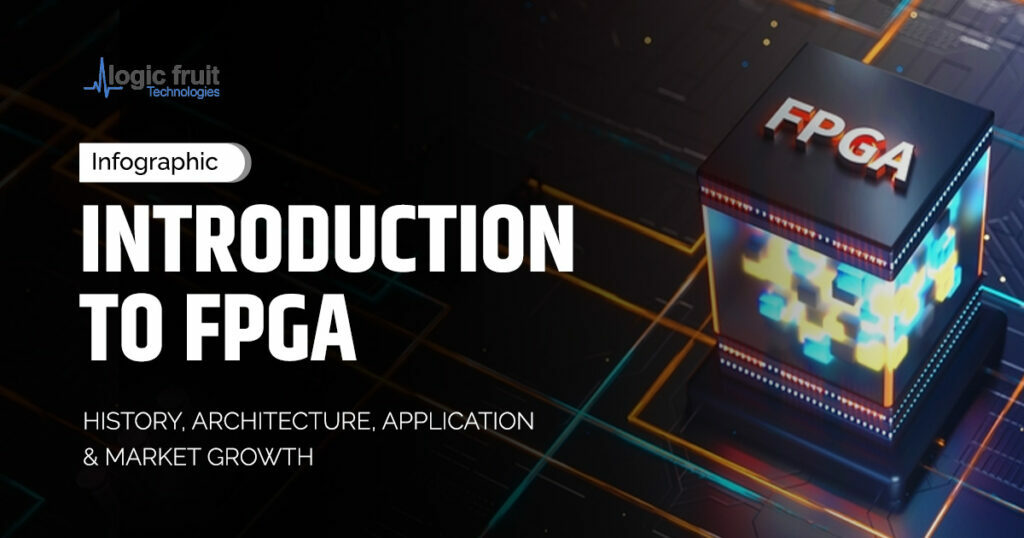FPGA History: The programmable read-only memory (PROM) and programmable logic devices (PLD) industries were already well-established by the 1980s, giving rise to the FPGA sector (PROM).
In contrast to PLD and PROM, which needed to be hardwired coded before manufacture, FPGA permitted programming to occur later in the process, even by the user. This allowed designers to add features (or fix bugs) after the product was released.
FPGA History, Architecture, Application & Market Growth
The idea for the FPGA was developed in the late 1980s thanks to an experiment that Steve Casselman proposed and which was funded by the Naval Surface Warfare Center. His idea was to build a computer with more than 600,000 reprogrammable gates. Because of the success of his work, he was able to patent the invention in 1992.
FPGA, which stands for Field Programmable Gate Array, is the most widely used integrated circuit that provides reconfigurable computing.
The term “field-programmable” refers to the ability to program product features, adapt to new standards, and reconfigure hardware for particular applications even after the product has been put in the field.
While “gate arrays” refers to an architectural term for a two-dimensional array of logic gates.
A programmable logic device with changeable gate array logic circuits is called an FPGA. The internal circuitry of an FPGA is connected in such a way during configuration that the software program is implemented in hardware.
FPGAs process logic on specialized hardware instead of processors and lack an operating system. FPGA had already taken off and changed the industry by the middle of the 1990s.
Although networking and telecommunications at the time benefited the most, FPGA had developed into automotive, industrial, and consumer applications for many kinds of electronic devices.
Due to their higher performance in some applications and ability to optimise the number of gates utilised across a wide range of industries and applications, FPGA can be found in any computing device.
According to the report by Global Market Insights, “The global FPGA market was worth USD 9.0 billion in 2018 and is estimated to develop at a Compound Annual Growth Rate (CAGR) of 9.7% from 2020 to 2027”.











